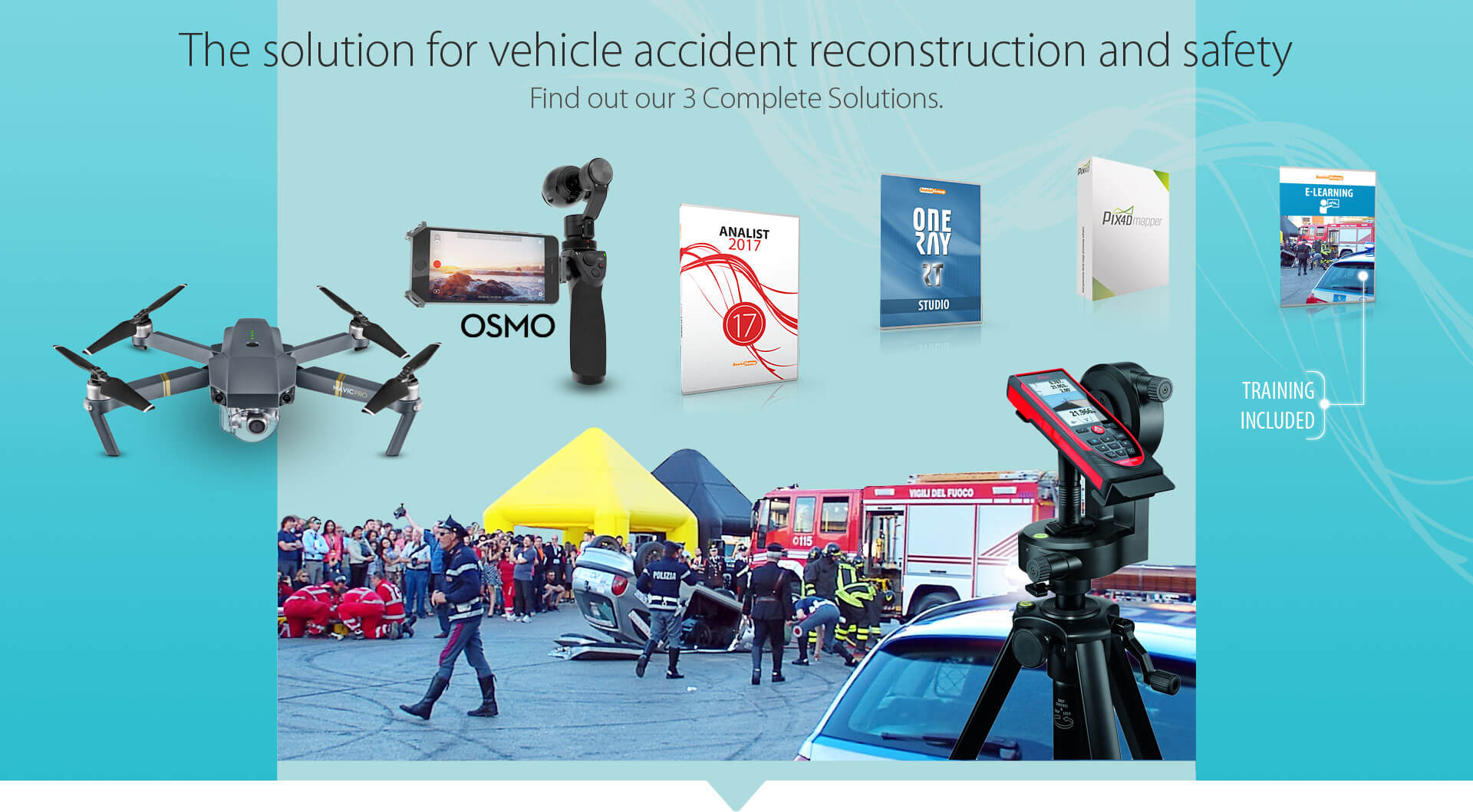


The goal is to have high detail, sharp, and flat imagery which requires closing up the aperture,giving more light. Shallow depth-of-field is actually a bad thing for photogrammetry, because blurred details confuse the software.

Bright, even lighting will allow you to have a small aperture to reduce the image’s depth of field. Lighting is always important in photography. This is where more megapixels actually matters. If so, try to figure out the reason for the blur and your 3D images will improve immensely.Įliminate everything standing in the way of maximum sharpness. If you have drone with a zoom camera and you zoom in on your aerial photos, are the small features blurry. The photos should be as clear as possible.
#Pix4dmapper pro with bebop 2 software#
If photos aren’t good, then it’s going to be difficult to get real quality in your 3D models, no matter how good the software is. NOTE: Vegetation Modelling use multispectral sensorsand lidar sensors rather than photogrammetry sensors.Ĭameras For Photogrammetry And Drone 3D MappingĪlso, the integrated cameras on the DJI drones such as the Phantom 3, Phantom 4 and Inspire 1 will allow you to capture photogrammetry images. Here is a very specific article which covers all the uses of lidar sensors and best Lidar UAVs.

Using photogrammetry to create 3D models of monuments or statues, the camera is mounted horizontally on the UAV. To create 3D maps fromaerial photogrammetry, the camera is mounted on the drone and is usually pointed vertically towards the ground. Photogrammetry is the science of making measurements from photographs.The output from photogrammetry is typically a map, a drawing or a 3D model of some real world object or land mass. There is tremendous opportunities for owners with quality UAV lidar and photogrammetry equipment. If you are interested in pursuing a UAV photogrammetry business or similar, buy the best quadcopter and sensors you can. Now is the best time to learn about UAVs, photogrammetry, 3D and lidar mapping. There are terrific opportunities in various sectors. The use of quadcopters and multirotors in photogrammetry and lidar mapping is still in the very early stages but growing very fast.


 0 kommentar(er)
0 kommentar(er)
